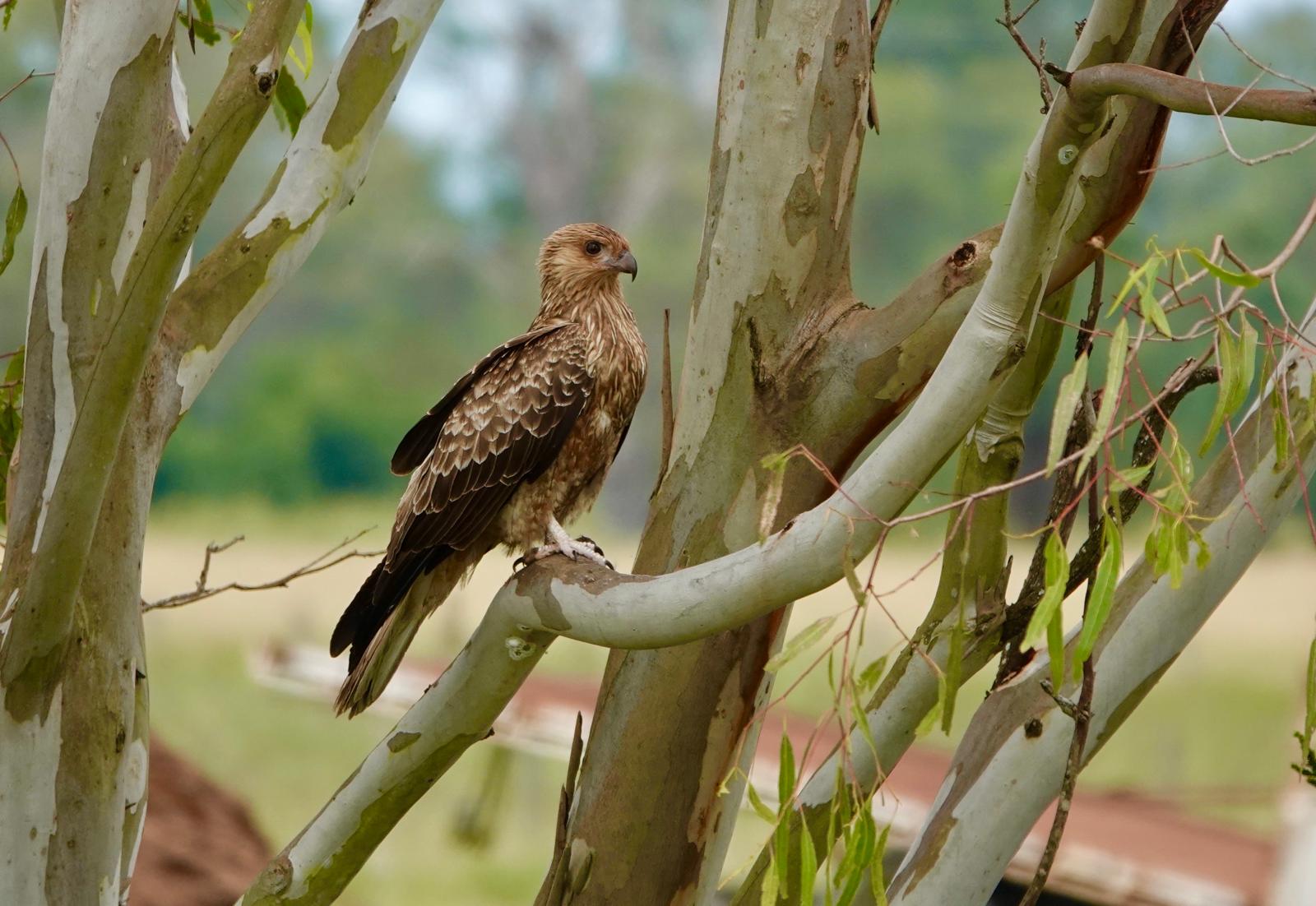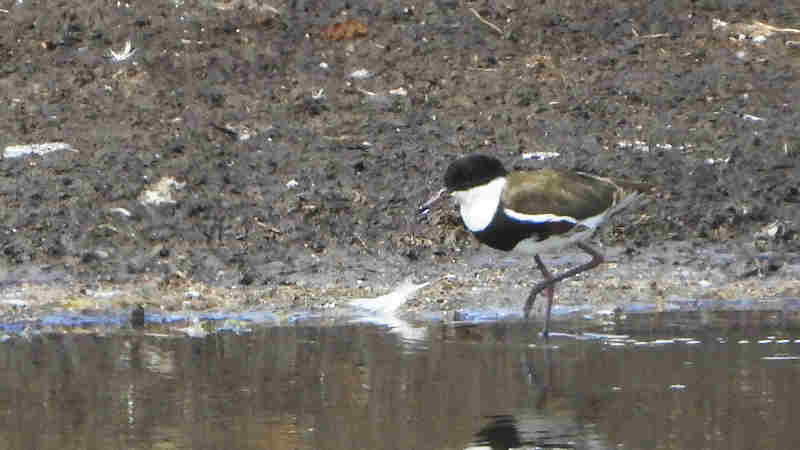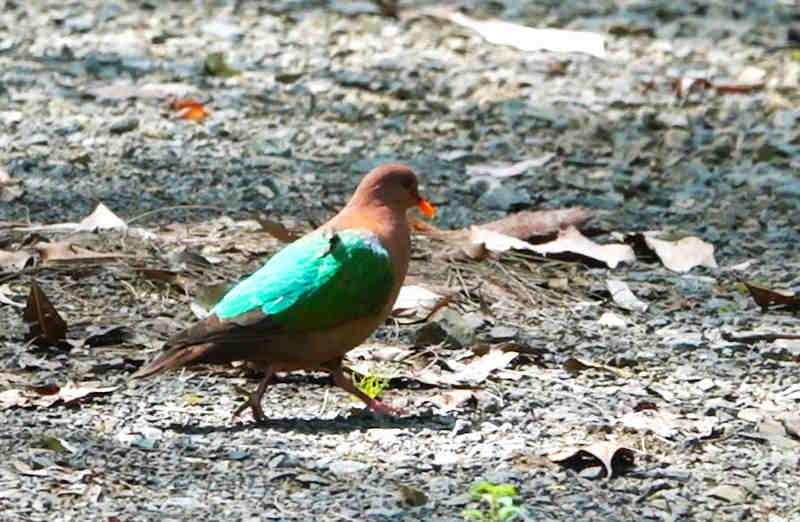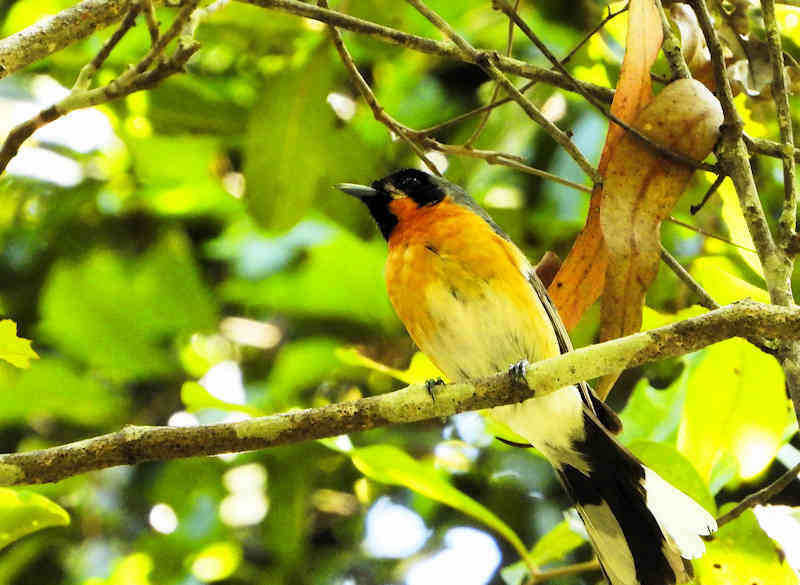Yellow Thornbill (Acanthiza nana)

Yellow Thornbill: The Tiny Jewel of Australian Woodlands
In the heart of Australia’s woodlands, there resides a diminutive gem, the Yellow Thornbill (Acanthiza nana). Although small in size, this charming passerine bird is a remarkable and endearing presence. With its bright yellow plumage, distinctive markings, and melodious song, the Yellow Thornbill captures the hearts of bird enthusiasts and nature lovers alike. In this article, we embark on a journey to explore the captivating world of the Yellow Thornbill, delving into its unique characteristics, behavior, habitat, and its important role in the intricate web of Australian woodland ecosystems.
Vivid Plumage and Tiny Stature
The Yellow Thornbill is aptly named for its very pale yellow plumage that adorns its body, contrasting with a subtle rufous brown crown and face. It’s one of the smallest members of the thornbill family, measuring around 10 centimeters in length, and is hard to spot in the woodland setting. Its size and appearance, characterized by a small, slender bill and distinctive facial markings, set it apart from other birds in its habitat.
Wide Range in Woodlands
This avian wonder has a vast distribution across Australia, inhabiting woodlands, open forests, and even suburban gardens. From the eastern coast to the arid interior and across the southern regions of the continent, the Yellow Thornbill has adapted to a range of environments, showcasing its resilience and versatility.
Diet and Foraging Behavior
Despite its size, the Yellow Thornbill is a dynamic forager. It primarily feeds on insects and spiders, gleaned from the foliage and bark of trees. Its acrobatic maneuvers and swift movements enable it to capture prey efficiently, illustrating the agility of this tiny woodland denizen.
Social Yet Territorial
Yellow Thornbills are social birds and are often seen foraging in small flocks or family groups. They communicate with a combination of melodious calls and songs that can vary in pitch and rhythm. However, they are known for being territorial when it comes to breeding, defending their nesting areas with diligence and determination.
Breeding and Nesting
During the breeding season, Yellow Thornbills create dome-shaped nests constructed from grass, bark, and spider webs, which serve as snug, camouflaged cradles for their eggs and young. The females typically incubate the eggs, while both parents share the responsibility of feeding their fledglings.
Ecosystem Role
Despite their small size, Yellow Thornbills play a vital role in woodland ecosystems. Their diet includes many pests harmful to trees, such as caterpillars and insects. By preying on these pests, they help maintain the health of their woodland habitats.
Conservation Concerns
While Yellow Thornbills are not currently considered endangered, they do face potential threats, including habitat loss due to land clearing and urbanization. Conservation efforts aimed at preserving their natural woodland habitats are crucial to ensuring their continued well-being.
In conclusion, the Yellow Thornbill, with its vibrant plumage and charming disposition, is a testament to the beauty and resilience of Australia’s woodlands. Their role in pest control and their adaptability to a range of environments make them an essential part of the Australian ecosystem. As we revel in the sights and sounds of these tiny avian jewels in the woodlands, let us also recognize our responsibility to protect their habitats and ensure that the Yellow Thornbill continues to grace our woodlands for generations to come.
We are affiliated with Amazon and make a small royalty at no extra cost to you, so by using the links below to purchase your next birding gear you can help us to maintain Simply Birding and continue to bring great content:

Canon, Sony and Nikon cameras: https://amzn.to/4gmtDWk

Lenses for bird photography: https://amzn.to/3WG3vyF

Tripods: https://amzn.to/3PVDNT0

Memory Cards: https://amzn.to/3PV4Y0z

Bird books: https://amzn.to/42NgsKS

Binoculars for bird watching: https://amzn.to/42G0nGZ

Spotting Scopes for bird watching: https://amzn.to/4hom5nq















